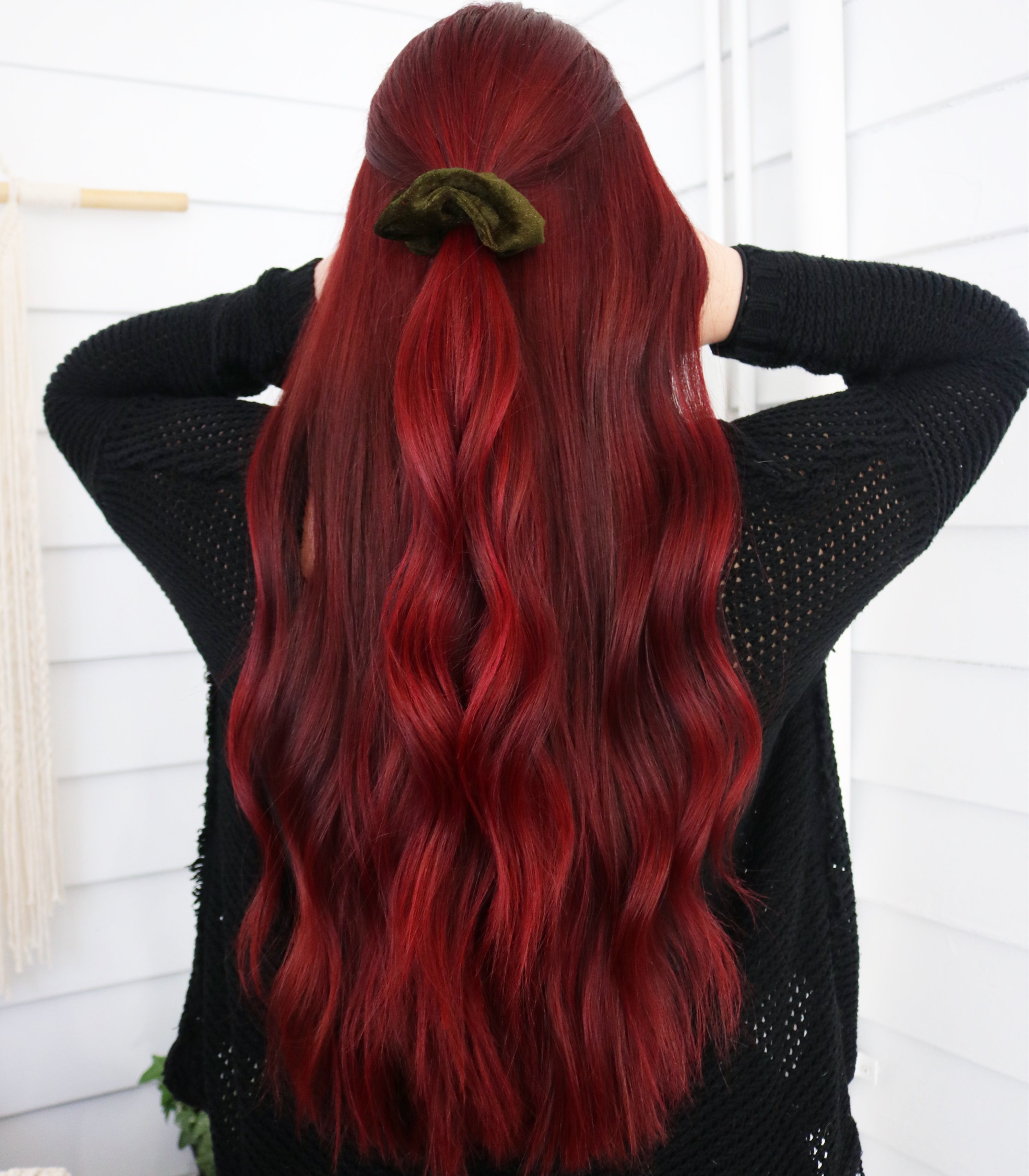
National Red Head Day: A History of Reds
Perhaps the most symbolic color in history, red denotes intensities from love and war to courage and passion. A color that favors the bold, yet also a hue with an aptitude for tranquility; a glass of pinot noir after a long day, cozying by the fireplace, smelling a fresh bouquet of roses. Red is a complex color with polarities. Out of all colors for hair, red is the one that possesses that certain je ne sais quoi. Its reputation and symbolism have magic that lends to its own holiday, National Red Head Day.
Redheads were first mentioned in literature circa 500 BCE by the poet Xenophanes, where he mocked man’s tendency to anthropomorphize:
“But if cattle and horses and lions had hands or could paint with their hands and create works such as men do, horses like horses and cattle like cattle also would depict the gods’ shapes and make their bodies of such a sort as the form they themselves have... Thracians that they are pale and red-haired.”
Greek mythology depicted the folklore of The Greek Gods and Goddesses. Athena, the Goddess of wisdom and war strategy, and Aphrodite, the Goddess of beauty, love, and pleasure, were believed to be redheads. Sandro Botticelli depicted Aphrodite in his revered painting ‘The Birth of Venus’, painted in 1486. This iconic painting is everywhere today, from fashion and music to film and Instagram memes. Italian designer Elsa Schiaparelli referenced Botticelli’s ‘Birth of Venus’ to inspire her 1938 Fall collection.
We’ve grazed a snippet of history and still no mention of Old Hollywood’s iconic redheads like Lucy or the ultimate bombshell Jessica Rabbit. Through folklore, mythology, symbolism, and history, redheads today endure characterizations and stereotypes that date further back than plumbing and electricity. Among the myths of the red color lives one with the running of the bulls. They exploited red as the color that drives bulls mad with rage, enabling them to run to the red flag. In reality, bulls are color blind and race towards the flag because of its movement conducted by the matador holding it.
Perhaps the most eponymous of all stereotypes is the dual-edged sword of sex-symbol status.
In the hair industry, when a client sits in a chair to go red, it’s code to their hairdresser they want a confidence boost and a bold change. In a personal poll taken on Instagram, 80% of users switched their natural color to red desired something sexy and powerful. 10% of users saw the color on a celebrity and were inspired by a makeover, while the final 10% explained an attraction to the hue.
We choose red nails, red lips, and crimson clothing to channel confidence, power, and femininity. Its essence has given rise to some of the world’s most famous redheads today, both natural and dyed. It might be the most innocuous of red symbolism that answers the question of what makes the color red so powerful and enchanting. It’s as simple as getting into a car and adhering to the rules of the road. Stop at the red stop sign and light. It’s the color that urges people to take a moment; it calls to action, and most of all, it turns heads.
